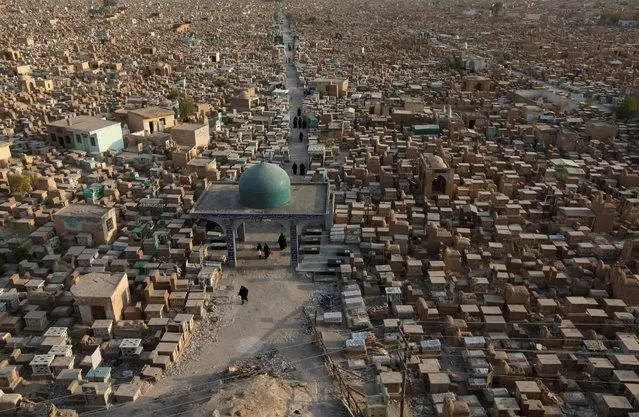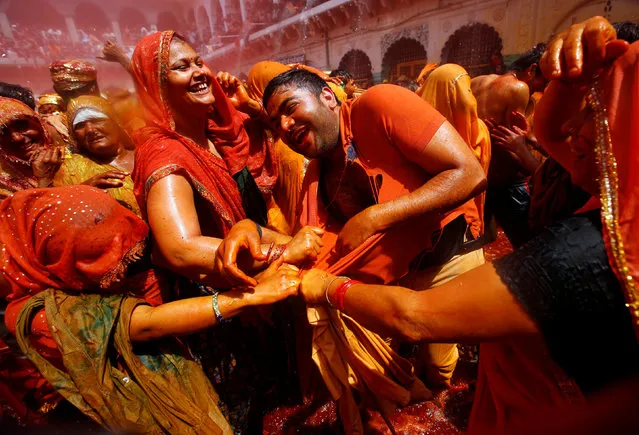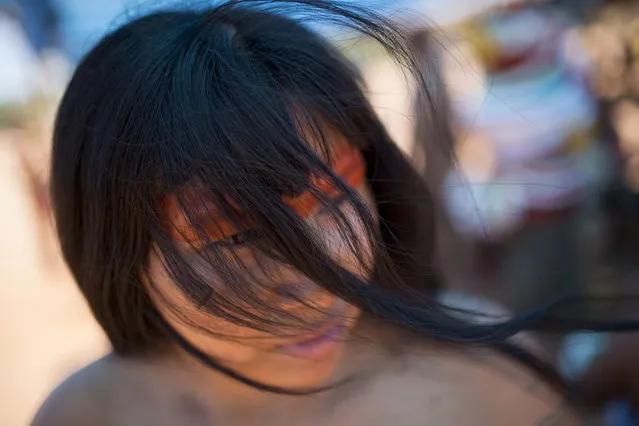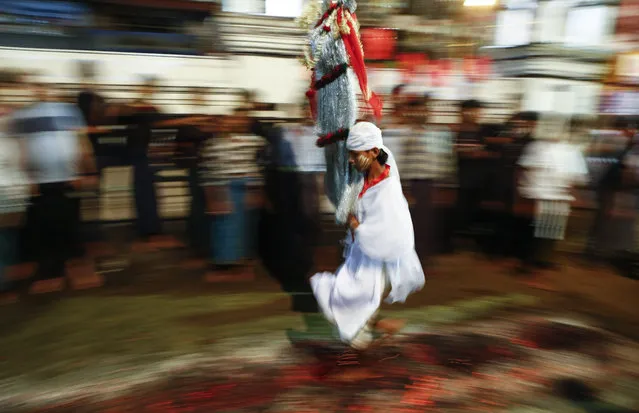
A Utah Valley University student walks down the bright green lanes painted on the stairs from the gym Thursday, June 18, 2015, at Utah Valley University, in Orem, Utah. Utah Valley University spokeswoman Melinda Colton said the green lanes were intended as a lighthearted way to brighten up the space and get students attention. (AP Photo/Rick Bowmer)
28 Jun 2015 22:54:00,post received
0 comments







